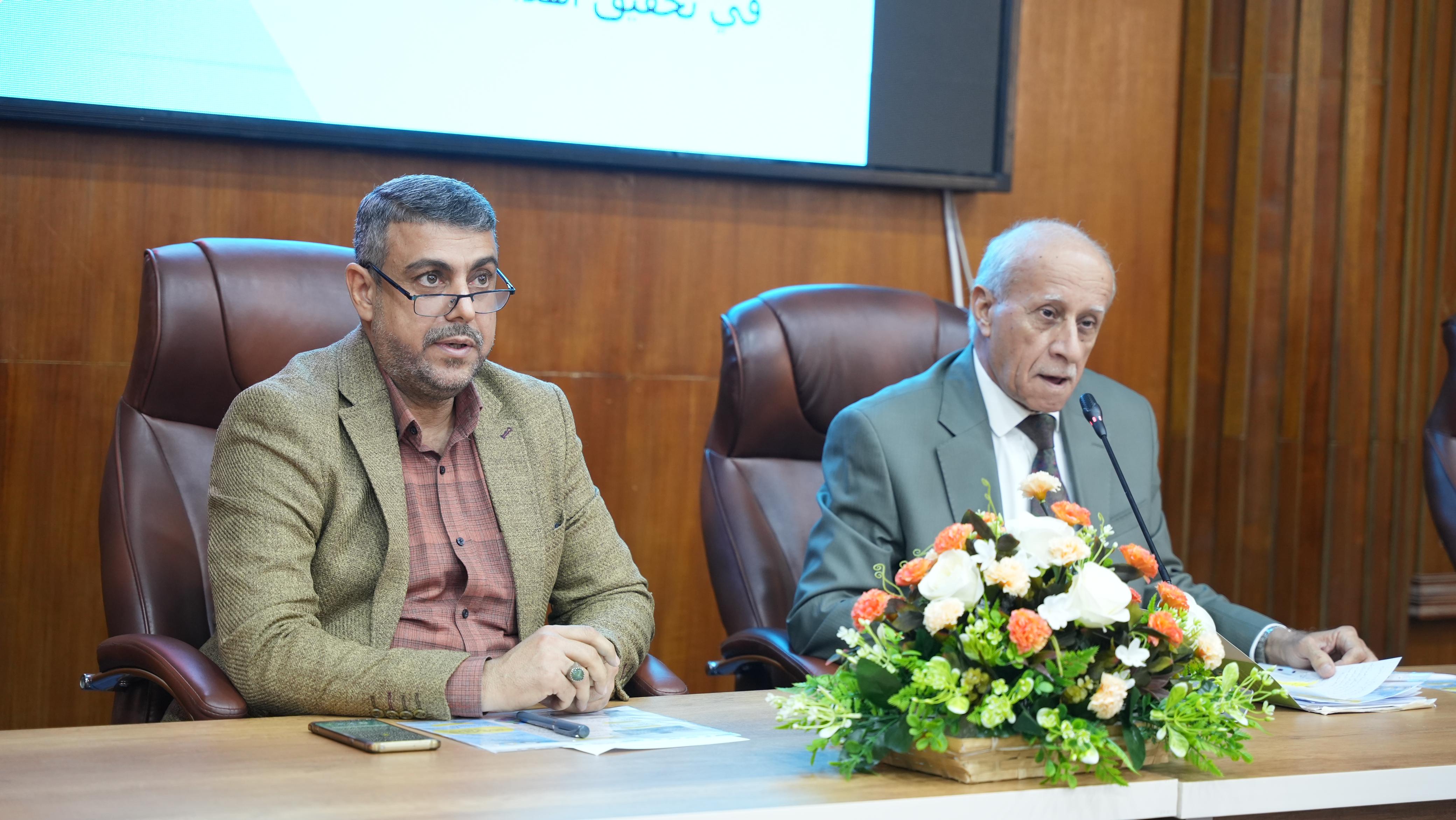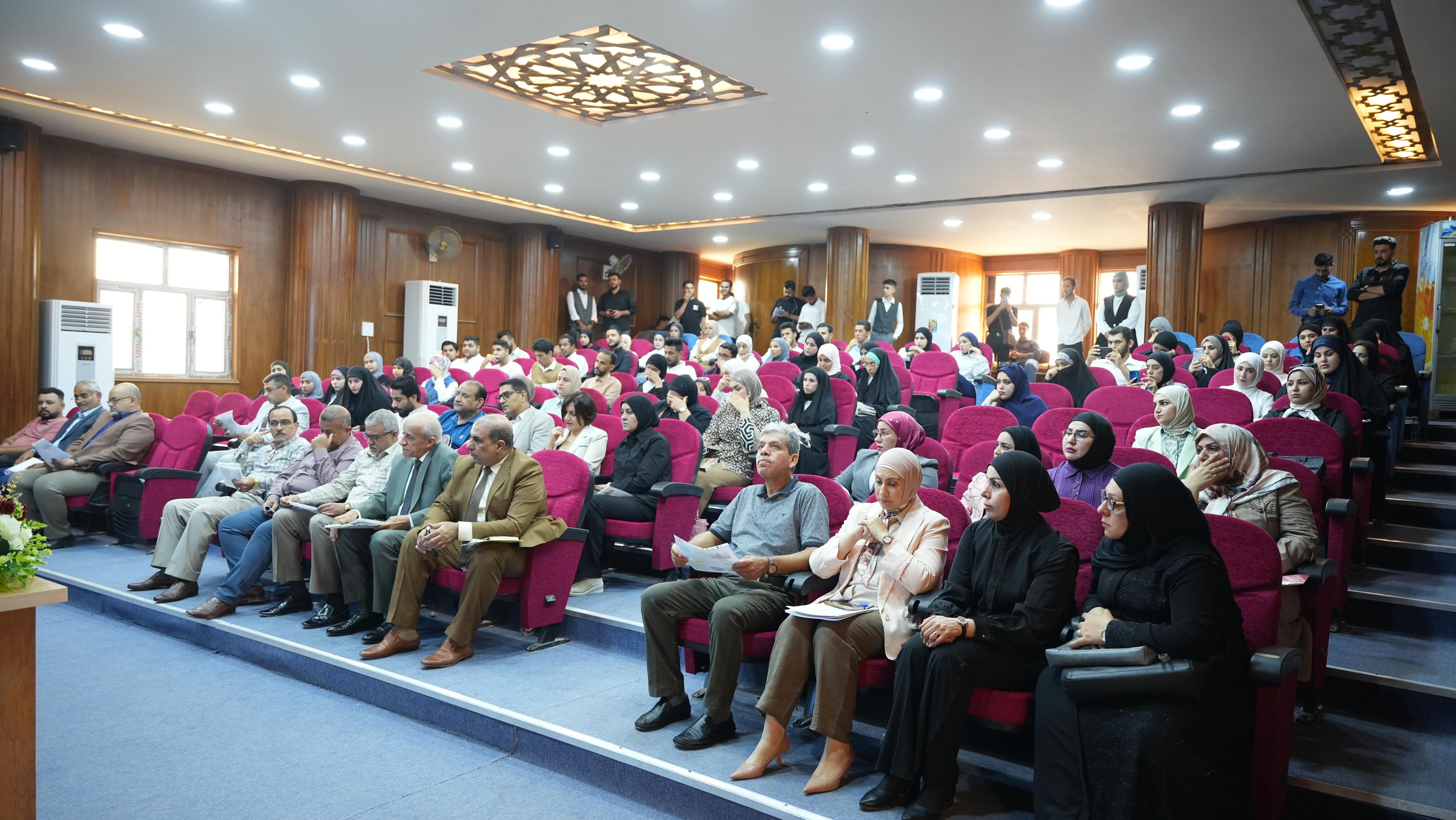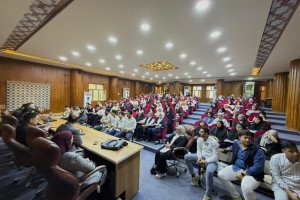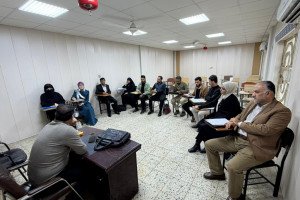.jpeg)


The Department of Geography and Geographic Information Systems at the College of Arts at the University of Basrah organized a scientific seminar entitled (The General Population Census is a Basic Pillar in Achieving Sustainable Development Goals).
The seminar aims to clarify the importance of the general population census event and its effective and essential role in achieving economic and social development as the main pillar in collecting statistical data on the country's population. The research papers focus on highlighting the nature of the census, its effectiveness in human activities, its challenges and its role in achieving sustainable development goals.
The United Nations defines the census as (the total process of collecting, preparing, coordinating and publishing demographic, social and economic data within a specific geographical boundary at a specific point in time and at equal intervals). There are three methods for conducting a population census:
The de facto method, the de jure method, and the de facto method, which is a combination of the two previous methods.
The seminar was attended by a group of professors from the Department of Geography and Geographic Information Systems, along with specialists in the Statistics and Geographic Information Systems Authority in the Planning Directorate in Basrah Governorate. The research papers dealt with everything related to the census, its nature, methods of preparation and implementation, and its importance in achieving sustainable development goals by making use of its data. The seminar raised the following recommendations:
* Work on conducting the population census periodically over a period of ten years as a time period between the two censuses.
* Working to publish the results of the population census and all demographic, social, economic and residential characteristics, whether at the state level or at the governorate level.
* The rapid and diverse expansion of GIS applications and their uses in preserving, storing, and tabulating population data and displaying it as a database, designing, drawing, and producing maps and publishing them in atlases issued with the population census and other uses.
* Not keeping demographic data as confidential information that is not given to researchers or other parties except after lengthy procedures, and some of it may be withheld.







